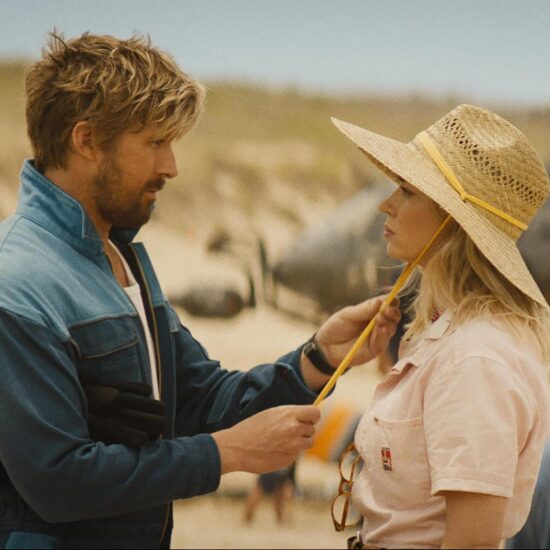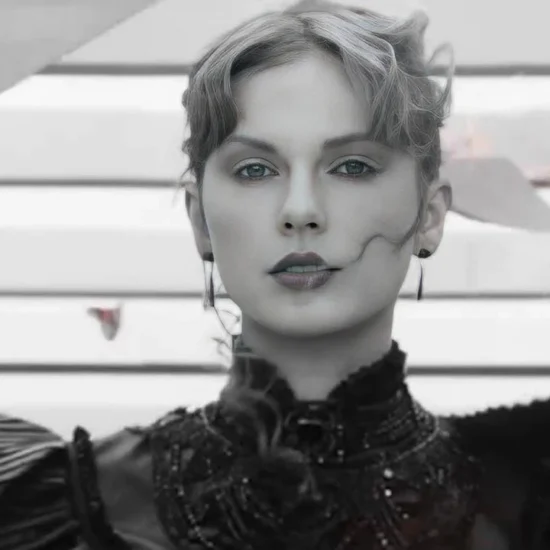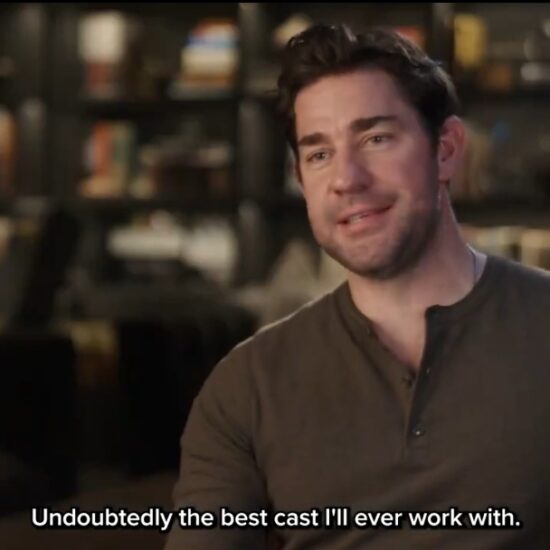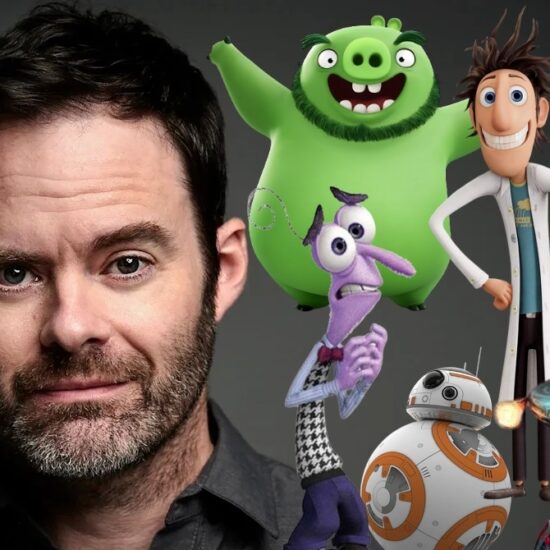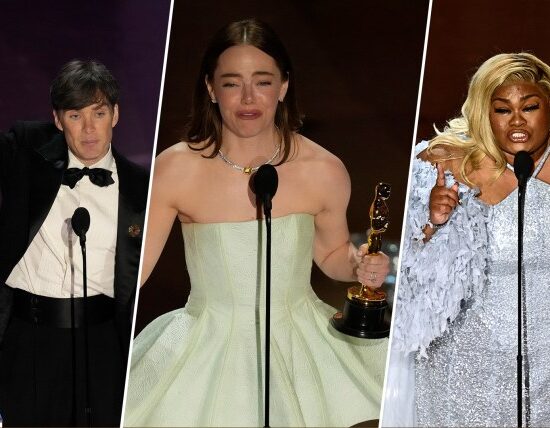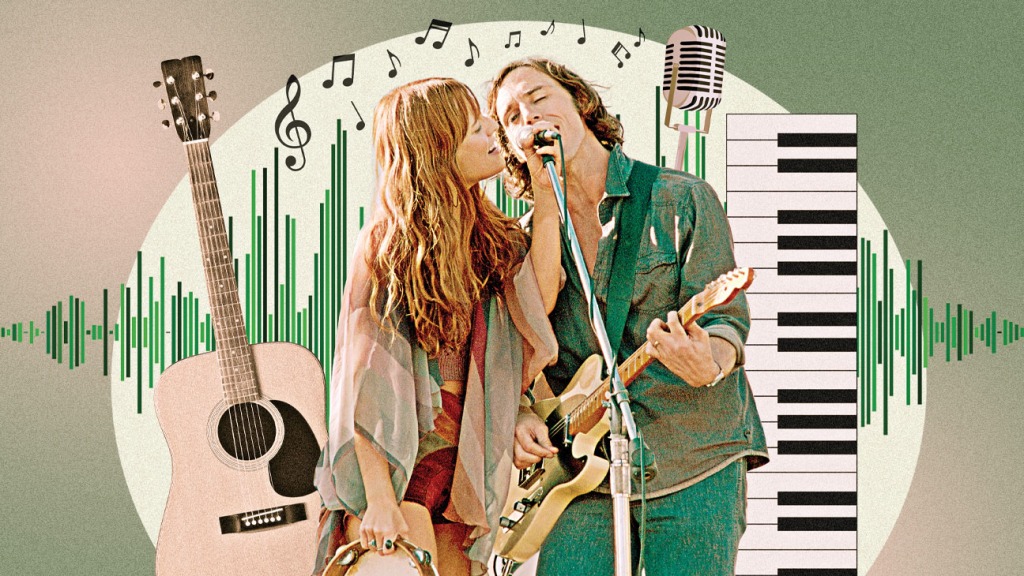
Every book adaptation has its own set of challenges, but the challenges in Daisy Jones & the Six were unlike any I had ever encountered. I mean, sure, the source material provided the writers and I all sorts of wonderful characters and memorable moments, a complicated love triangle and an ending that could take your breath away. But even that wouldn’t be enough — not if we didn’t have the music.
The success of Daisy Jones & the Six was always going to hinge on the songs. If we couldn’t convince viewers (and listeners) that the band at the center of the series released some undeniably great music, the whole souffle of the show would collapse. And none of us, Taylor included, were actual songwriters. So obviously we needed some partners.
My co-showrunner Will Graham and I met with a handful of potential music producers (and we were actually pretty sure we had our guy) but there was one more meeting on the books with Blake Mills and Tony Berg. I was familiar with Blake from his work with Alabama Shakes and Perfume Genius, but I knew him more as a session musician than as a pop/rock songwriter. The real reason we were excited for this meeting was that Blake and Tony operated out of Sound City Studios in Van Nuys, a space with an incredibly storied history — Nirvana’s Nevermind was recorded there — though for our purposes it might best be known for the place where Mick Fleetwood first heard Lindsey Buckingham play guitar. We sat down with Blake and Tony and talked about the project and they blew us away. After a few minutes in Studio A, we knew without a doubt that they were exactly what we needed to take this over the top.
Blake was especially excited about the idea of writing a lost, classic record. We all agreed that Daisy Jones & the Six shouldn’t sound like any one specific band from the ’70s — but what if we could make an album that could have existed then that you could easily spin alongside other very real hits from that decade? Daisy Jones author Taylor Jenkins Reid had written lyrics for the songs in her book, but when I received an advanced copy of the novel they weren’t even in there yet. So when it came time to adapt the book, she was clear that no one should feel bound by those songs for our version of the story. Blake loved the idea of writing in character and crafting songs through someone else’s perspective, and while he wanted to have a hand in writing each of the songs we needed for the show, he brought in a number of his friends to collaborate — friends like Phoebe Bridgers, Jackson Browne, Z Berg, Marcus Mumford … it was nuts.
From left: Cast-members Josh Whitehouse, Suki Waterhouse, Sebastian Chacon, Sam Claflin, Riley Keough and Will Harrison in Prime Video’s Daisy Jones & The Six.
Courtesy of LACEY TERRELL/amazon studios
The process went a little like this: Either we would give them very specific prompts like: “This is a song Billy (Sam Claflin) writes as a diss track for Daisy (Riley Keough) that he then makes her sing.” And he would run with that. Or he would send us songs and ask if we had somewhere they might fit. We would never tell him exactly what to write, but we’d always give him a clear narrative function that each song needed to have and then go back and forth with it.
So many of the songs tell the story of the band’s growth and how its members change and develop as individuals, but we also needed to show them grow musically. We never wanted any bad songs in the show, but we did want to hear the progression. The songs Daisy writes for herself had to be very different from the songs she writes when she connects with Billy. The songs Billy writes with his band in Pittsburgh are very different from the songs he writes with Daisy. The idea was that they bring out the best in each other. So how do you write a song that feels almost unfinished when, at the same time, it should still sound exceptional? For example, with their first single “Honeycomb,” there’s a version on the album that becomes a big hit for the band. But for Billy’s original version, Blake had to retroactively write a “less spectacular” song that existed before Daisy came in and improved it.
Once we had the music there was the second challenge that our actors also needed to be convincing as rock stars. To prepare for their roles, the cast was scheduled to do a three-week band camp to learn the instruments and the songs. And then COVID happened. But instead of being disruptive, the actors stayed with it, doing all of their coaching through Zoom in a process that ended up stretching 18 months instead. Towards the end of that process, my wife Lauren (President of Film and Television for Hello Sunshine and a producer on the series) had the great idea to get them up on a live stage in front of 50 friends and family to see how they do. The actors assembled the setlist themselves, picked the songs they wanted to do, and they performed for all of us. They shocked us all by how good they were and the whole experience gave them (and us) a huge amount of confidence! They were fully prepared to record each song live when we went into production. In the end, the final cut is a mixture of playback and live.
We knew we were onto something when the cast and crew’s favorite songs kept changing over time, and the reception has been the same with viewers. It’s been very gratifying to watch the response to these songs that for three years basically only my kids could listen to in the secrecy of our home during COVID. People used to read the book and Google, “Is Daisy Jones & the Six a real band?” And the answer would be no. But now, if you Google the same question, there is indeed a Daisy Jones and the Six album — the first by a “fictional” band to ever hit number one on iTunes!
Editor’s note: This interview took place before the May 2 launch of the writers strike.
This story first appeared in a June stand-alone issue of The Hollywood Reporter magazine. To receive the magazine, click here to subscribe.









